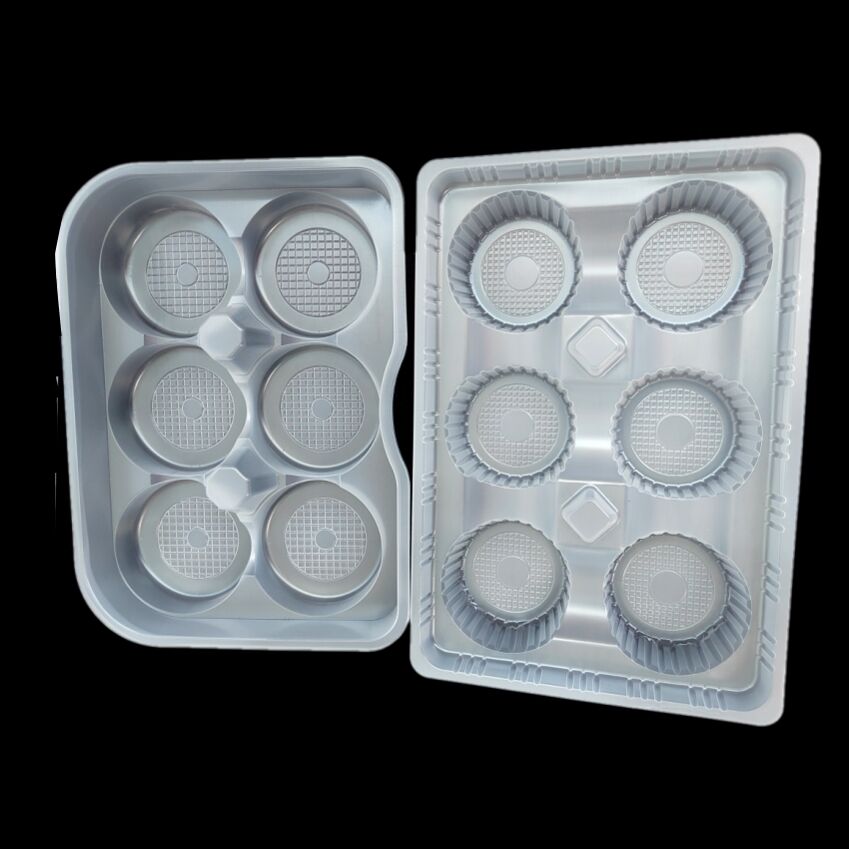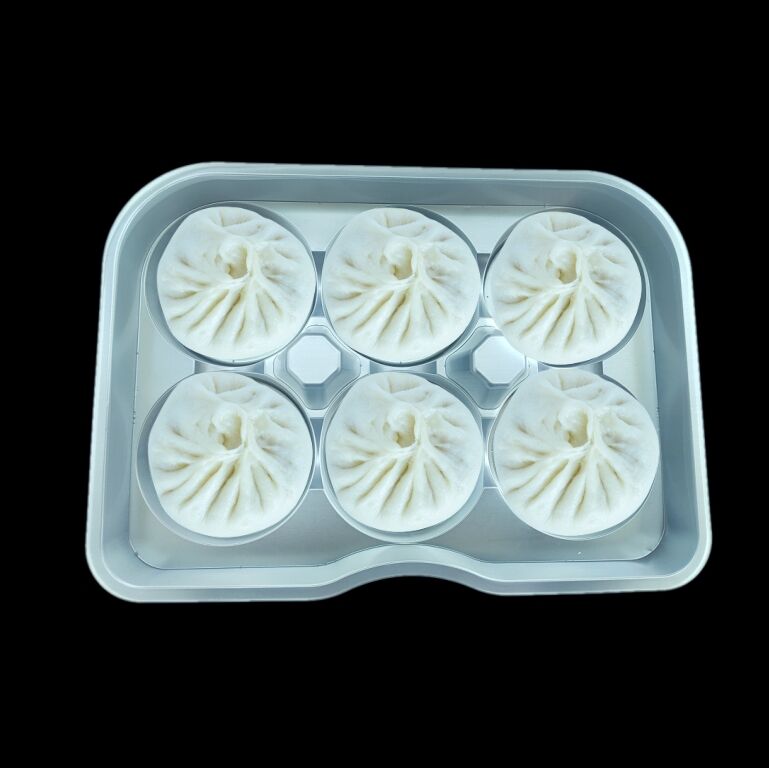types of blister packaging
Blister packaging represents a versatile and effective solution in modern packaging technology, encompassing several distinct types designed to meet various industry needs. The main categories include face-seal blisters, trap blisters, full-face blisters, and clamshell blisters. Face-seal blisters feature a thermoformed plastic cavity sealed to a backing card, ideal for small consumer goods. Trap blisters incorporate the product between two pieces of cardboard with a plastic window, offering enhanced protection and display capabilities. Full-face blisters utilize a larger plastic component that covers the entire front of the backing card, providing maximum visibility and protection. Clamshell blisters consist of two thermoformed pieces that hinge together, creating a complete plastic enclosure. Each type serves specific functions, from product protection and tamper evidence to marketing display and retail security. These packaging solutions incorporate advanced materials like PVC, PET, and PETG, offering various levels of durability, clarity, and barrier properties. The technology behind blister packaging continues to evolve, with innovations in sustainable materials and smart packaging features becoming increasingly prevalent in the industry.


